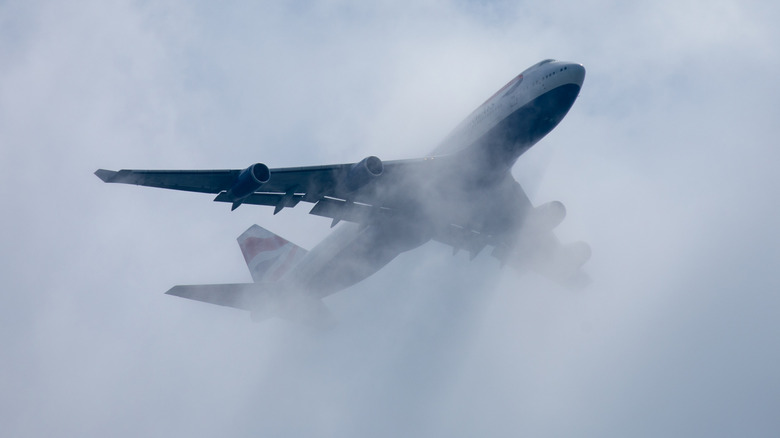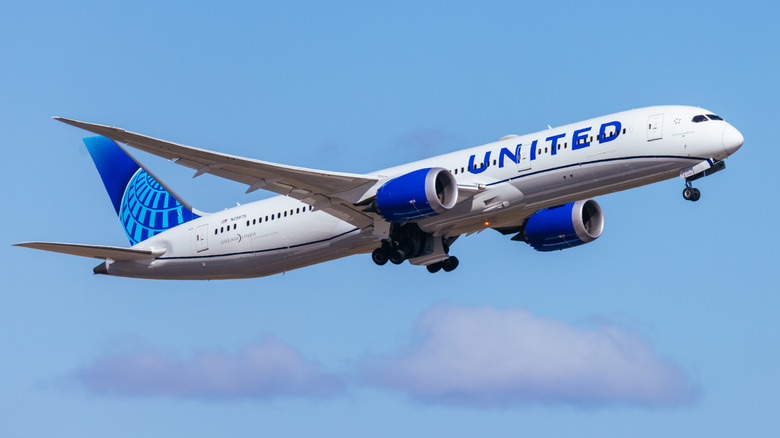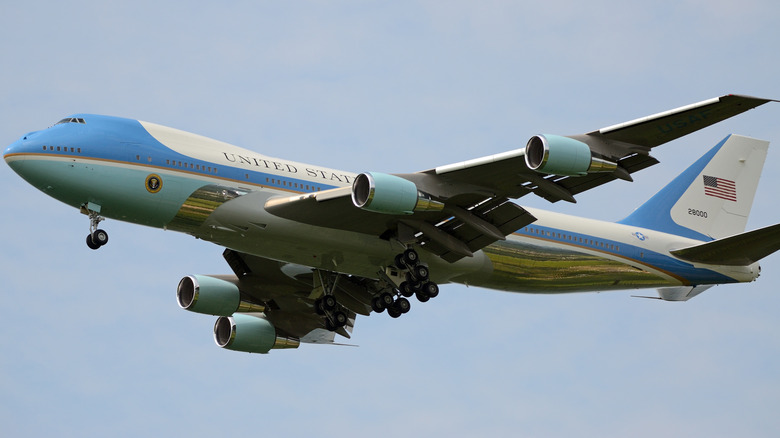The Boeing 747 was a landmark in the history of commercial aviation, a “moonshot” project from the storied company that made long-distance travel affordable and accessible to the masses. Four jet engines gave it a range that nothing else could match at the time. A wider body meant that it could fit in two aisles, allowing for a much larger passenger capacity. And of course, it had that famous upper deck, allowing people to experience “upstairs” for the first time in the air. It remains one of the most instantly recognizable and iconic airframes in the world.
But as all good legends do, it’s also fading into myth. The very last 747 was completed and delivered in 2023, and fewer and fewer of them are piloted anymore. In fact, the odds are pretty good that you’ve already flown on a 747 for the last time — if you ever flew on one at all.
However, a few airlines are still firing up all four engines on the veteran plane, specifically Lufthansa (Germany), Korean Airlines (South Korea), Air China (China), Rossiya Airlines (Russia), Max Air (Nigeria), and Mahan Air (Iran). So keep an eye out the next time you’re looking out an airport window; you just might spot one.
The 747 has been replaced
Nothing lasts forever, and neither has the 747. Improvements in engine technology have enabled twin-engine aircraft to go farther and farther, rivaling the range of the four-engine 747. Fewer engines means less fuel, which is both cheaper (good) and less polluting (better). That, in turn, has shifted passenger expectations away from the old hub-and-spoke airport model and towards non-stop flights. If your smaller aircraft now has the range to just go directly where you want, why would you bother with a layover? The knock-on effect of this point-to-point travel was that there were fewer passengers per flight (since you didn’t have people with different final destinations on the same layover flight), which also pushed the industry towards smaller-capacity aircraft.
Internally, Boeing has several heirs to the 747 throne: the smaller 737-MAX (which has been haunted, sometimes fatally, by all sorts of issues) and the jumbo 777 and 787 Dreamliner (pictured), all of which are twin-engine. Over at rival Airbus, the A350 is another wide-body long-range aircraft, also with two engines.
The double-decker design, sadly, is no longer in active production anywhere, nor are four-engine passenger planes of any kind. You will have to make due with one measly floor and two measly engines on any future plane.
Beyond passenger airlines
In addition to passenger 747s, Boeing also produced a huge number of cargo 747s, many of which are still flying for various shipping companies. So, you might be able to spot a 747 over in the freighter terminals of an airport.
Many governments still use 747s as their head of state’s airplane, most famously the one used by the United States of America itself: Air Force One. There are actually two identical Air Force One planes, which are heavily modified versions of old 747-200Bs – although they are scheduled to be replaced by modified 747-8s soon. They ought to have the distinction of being the last aircraft ever to be built on the 747 frame.
For that matter, the U.S. Air Force also operates four militarized 747s as “doomsday planes,” which are essentially airborne command and control centers. So if our worst nuclear fears are ever realized, the government and military will still be able to conduct a war from a fully operational situation room… with wings.





